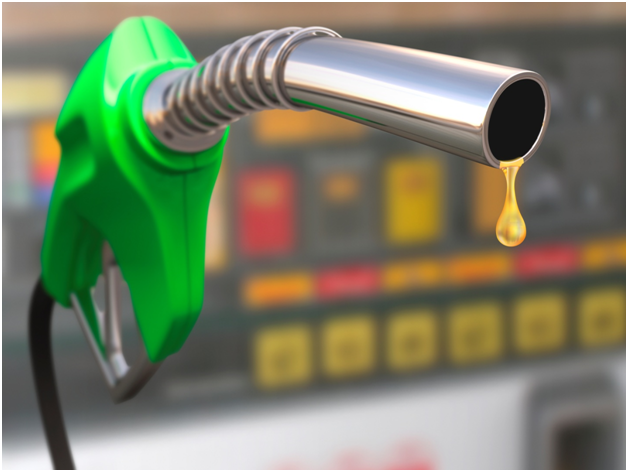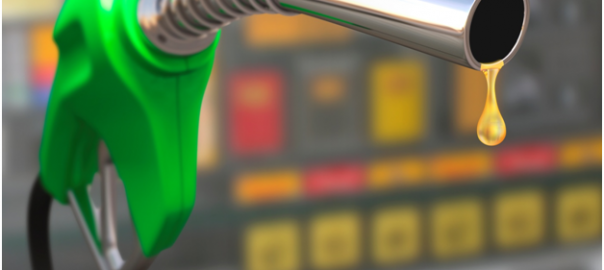Fuel is one of the most significant costs for an owner-operator. Finding ways to save fuel improves your bottom line and maximizes profits. Here are four areas where you can improve fuel economy.
Reduce idling time

Experienced truckers estimate that idling wastes up to one and a half gallons per hour. It stands to reason that reducing idle time can translate to significant fuel savings. Use these idling tips to save fuel.
Use an idle shutdown timer
Although idle shutdown timers can leave your cabin uncomfortably warm or cold, technological advances provide more options for driver comfort. IdleSmartis a program that shuts down the engine until a preset cabin temperature is reached, then turns the engine back on. The engine idles just long enough to charge the battery and return the cabin to a comfortable temperature.
Avoid idling while you are outside the truck
Keeping the truck warm during a lunch or rest break can stretch into half an hour or more, depending on what you need to do. Instead, turn the truck off and lock up. When you return, start the truck and turn on the heat while you do a walk-around inspection. By the time you are finished, the cabin temperature should be comfortable. Do the same with air conditioning in summer months.
Try solar power
Solar Flex panels are thin, flexible, high-efficiency solar panels originally developed for RV use. They can be adapted to keep a dedicated cab-comfort system battery charged. A 53-foot trailer can hold about 50 100-watt panels, generating about 280 amps per hour of direct current. Adding a Go Power converter can generate around 3000 watts of alternating current per hour.
Streamline trailers and bodies
It is a well-known fact that improving aerodynamics also improves speed and fuel efficiency. Some of these tips to save fuel require an initial investment but the improved fuel economy is well worth it.
Balance your load
Your truck works less when it is carrying, even though it can pull more. Place slightly more weight on your drive tandems than your trailer tandems to use less fuel per trip.
Tarp loads properly
You are probably aware that mechanical tarping systems keeps bulk materials in place and protects the load, but did you know they can also add up to significant fuel savings? One fleet that participated in FPInnovations’ Performance Innovation Testing found that mechanical tarp systems saved them nearly 15 percent in fuel costs.
Install aerodynamic add-ons
The Environmental Protection Agency’s SmartWay program estimates a fuel savings of four to five percent at highway speeds with trailer skirts installed. At $800-$1500 per installation, they are not cheap, but they do pay for themselves over time.
There are also add-ons for the nose, underside, and rear of your rig. Nose fairings can reduce drag from crosswinds, and trailer “boattail” systems reduce drag from turbulence behind the trailer.
Take an incremental approachto make aerodynamic improvements more affordable. Research add-ons to determine which will give you the best efficiency improvement per dollar and start with that one. Use reduced fuel costs to save up for the next improvement.
Pay attention to your tires
Misalignment, poor balance, and improper inflation all contribute to higher fuel costs. Learn how to save fuel by properly maintaining your tires.
Keep tires at the proper pressure
Many fleets recommend 100 psi per tire, but it may not be an ideal tire pressure. Gasses expand and increase in pressure as their temperature rises, and decrease in pressure as the temperature falls. On a crisp fall day, a tire with a cold inflation pressure of 100 psi will experience a 2 psi change for every 10 degrees of ambient temperature change. Routes that cross climate boundaries can experience significant temperature and pressure changes.
Underinflation is hard on tires too. A tire at 10 percent underinflation can increase rolling resistance by twice as much. It is the air inside the tires, not the tires themselves, that support the load. Underinflation reduces fuel efficiency by two to four percent and increases wear on tires.
How do you find the right balance? Use telemetric data to determine the ideal tire pressure under loaded conditions and perform frequent checks to maintain tire pressure.
Record tire pressure regularly
Frequent stretching keeps muscles toned and reduces the likelihood of injury. Combine exercise and tire checks. Bend low instead of squatting to check pressure, stretching your back and lower body. Record the tire pressure and ambient temperature to get an idea of how temperature changes and road conditions are affecting your tires.
Keep tires aligned and balanced
Misalignment scrubs tires across the pavement, reducing their life. When tires are unbalanced, they vibrate and wear unevenly. This reduces the tread mileage and requires earlier replacement. Anything that increases resistance also decreases fuel economy. Since preventing tire wear equates to saving fuel, it is in your best interests to make sure tires are aligned and balanced correctly.
Get better fuel prices
Cooperation can help you negotiate better fuel prices. Try these fuel savings tips at the pump.
Reduce fill up costs
Join a fuel-buying group and negotiate prices with a gas chain along your regular routes. Use your primary vendor most of the time, but give yourself a 10 to 20 percent leeway to take advantage of market or geographic price shifts. If negotiation isn’t practical, use gas card programs to get discounts. Some programs even offer integration with accounting systems.
Cutting fuel consumption increases profits and benefits the environment through reduced emissions. Improving tire pressure saves wear and tear on tires, as well as reducing fuel costs. If you cannot afford every improvement, get creative. Take practical steps to improve fuel usage now, then use the savings to make further improvements.


